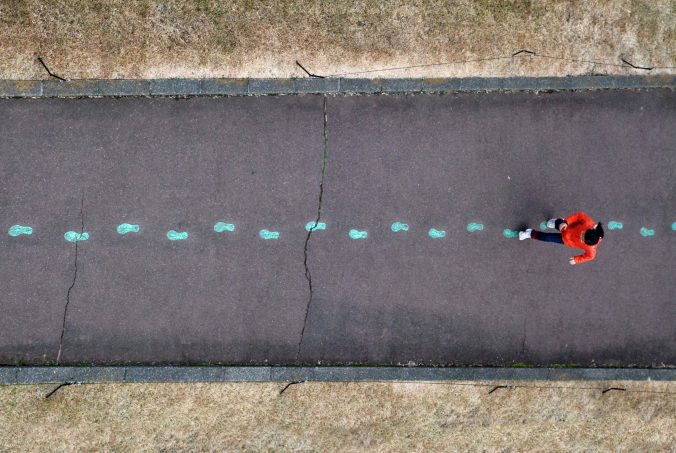Questions about PLN
1. What does it mean to network using social media?
Network is not new, but technology is. Networking means intentionally build relations with people from whom we can get useful information and reliable resources. Social media represents an effective and convenient approach to network. It allows people to link to as many people as possible beyond the barriers of time and place, and to get access to various sources of information. With good use, such networks could serve as a unique tool for personal learning.
2. How do people learn and engage using mediated platforms?
Personal learning network means learning through technology. We learn from our networks and, mediated platforms make the process much easier. Therefore, the first thing to do is to build, maintain, and activate one’s interpersonal relations using mediated platforms. It matters that what kind of people should we intentionally build relations with. The answer is professionals who have relevant knowledge and background about your work and could help you with your future career development. Along with getting professional advice, people can also engage in active discussions to gain diverse perspectives, expanding our thinking. What’s more, mediated platforms make it possible to take part in virtual workshops and conferences.
3. How are we motivated to participate in networked publics?
There are both internal and external motivations that we should participate in networked publics. From the perspective of the working environment, the rapid advancement of technology may soon replace the jobs of some people and climate change may call for a bunch of new jobs concerning sustainable resources. In this way, people have to improve themselves by learning new things. But how? What university and textbooks provide us is limited and to some extent, out of date. To gain new and practical knowledge one has to rely on personal learning networks.
As to internal reasons, participating in networked publics gives access to more opportunities and easier solutions. To know some specific skills or knowledge pales in comparison with learning how to use one’s personal network and gain more useful information from different channels. Our personal learning ability is always limited compared with the combined power of the whole network. What you yourself are exploring at the moment might already have a professional answer within your network. Instead of spending hours digging by yourself, why not to find out the possible informed person and ask for advice, which can be more efficient and effective. Our networks could serve as our weapons, our tools to help us gain an advantage over others.
4. What are the risks and rewards of public communications?
There are both risks and rewards of public communications. From an individual perspective, public communications could serve as information pathways, promoting people’s professional development. From the perspective of organizations, they can build ties with possible partners which may help with future innovation and cooperation.
While connecting with others raises our awareness and expand our thinking, it may also increase the risks of revealing our privacy. Nowadays our privacy is increasingly networked. We may unconsciously expose our private information during public communications which then may be analyzed and capitalized by machine learning algorithms to predict our habits. Another possibility is that we might be exposed by our networks either for social or locational reasons without permission. Any attempt of controlling such a phenomenon may fail because privacy protection is not enough to prevent us from public communications and the data online is more persistent and replicable. What we can do is to dominate the interpretation of information and solve the problem by viewing networks as a whole.
Thank you for reading!


Recent Comments